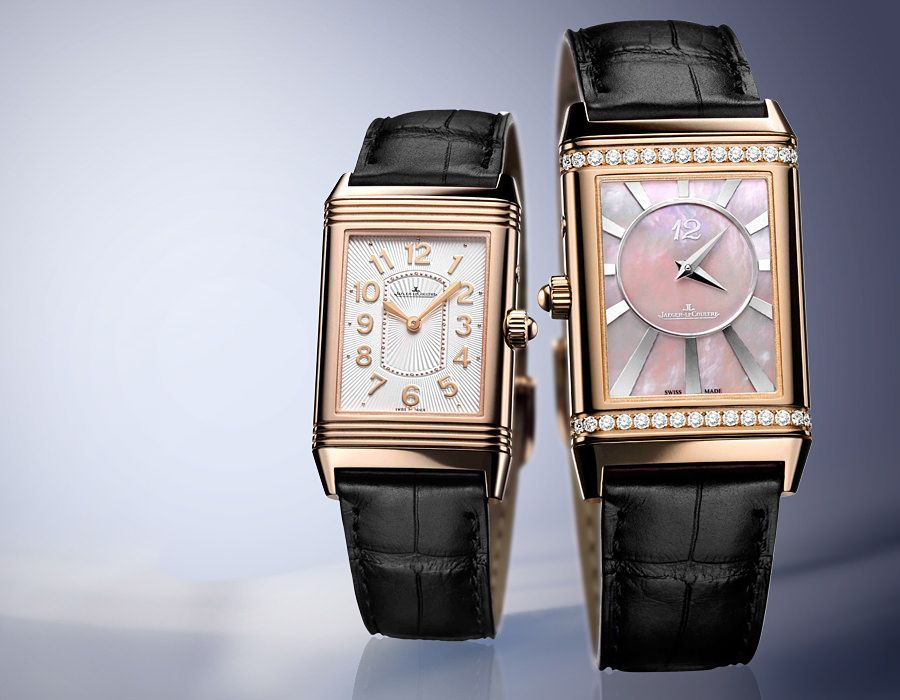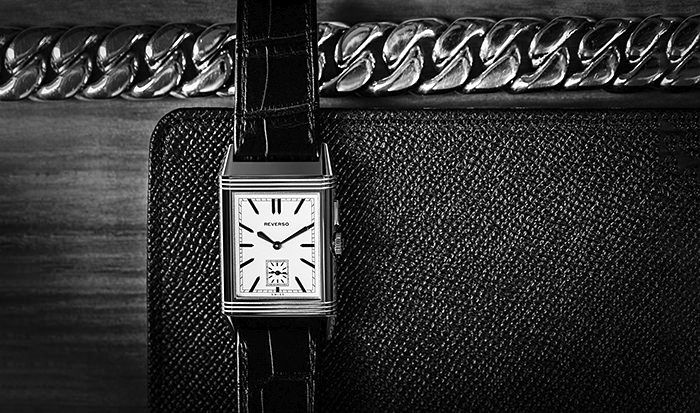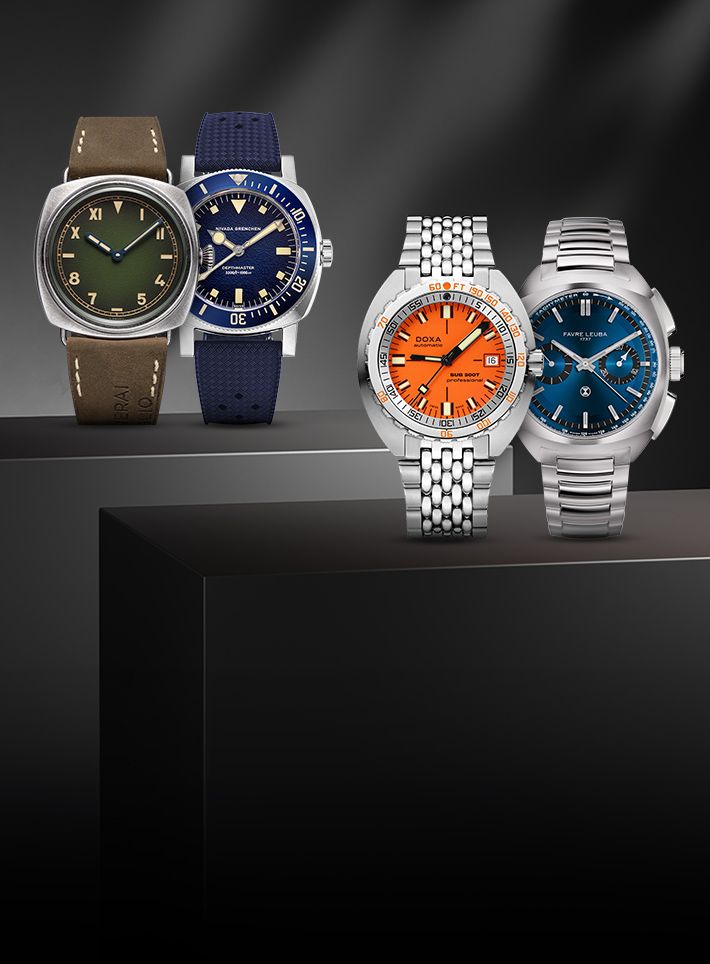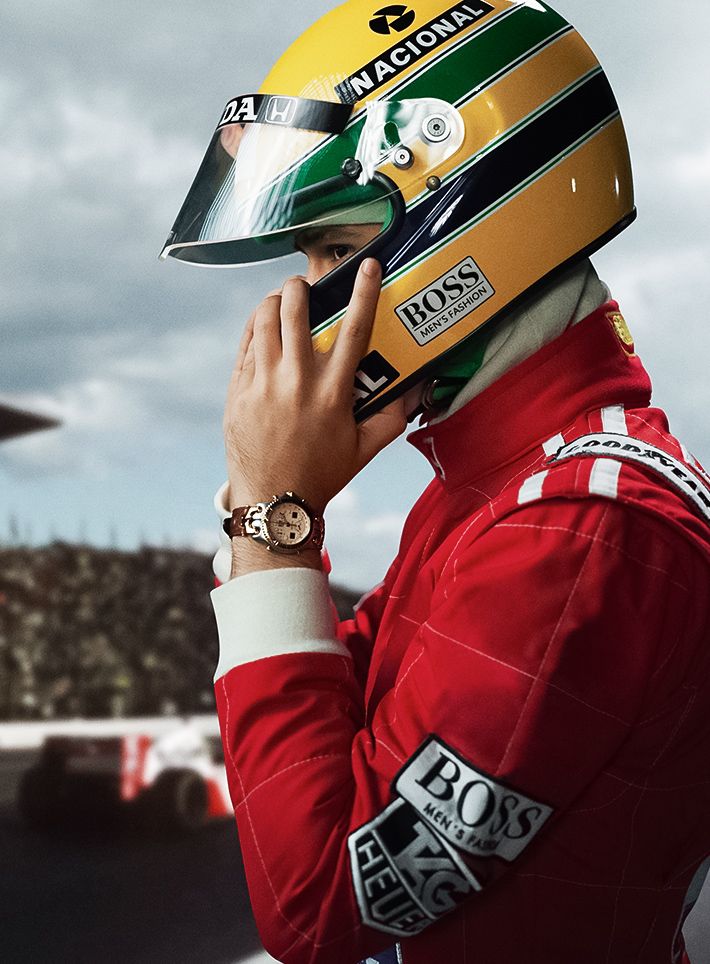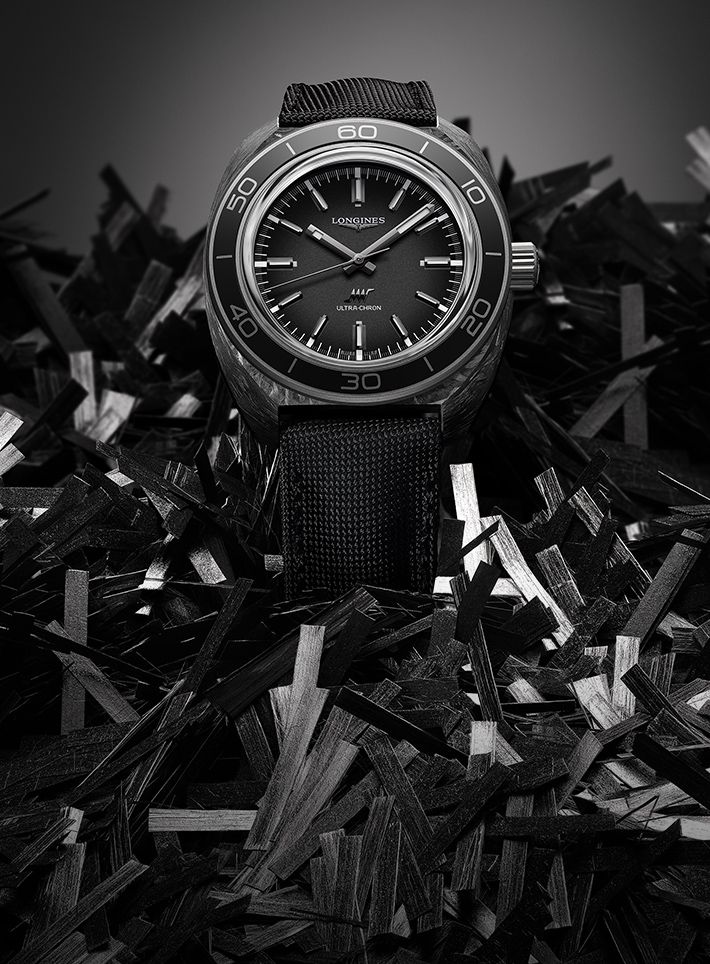ReviewAn Art-Deco Icon In Itself- The Jaeger-LeCoultre Reverso
THE STORY OF A TIMELESS LEGEND
May We Recommend
The year was 1930. A British Army officer posted in India had some free time at hand and hence thought of playing polo. Polo, one of the most prevalent games played by kings and the high society during that time was a very famous and loved sport. In those times, Polo involved driving a small white wooden ball into the opposing team’s goal using a long handled stick or millet while riding on the back of a horse. Sounds tough right? And it was. The game required strength, coordination and team strategy and was a little too tough for the petite timekeeping device strapped on the wrist of the players.
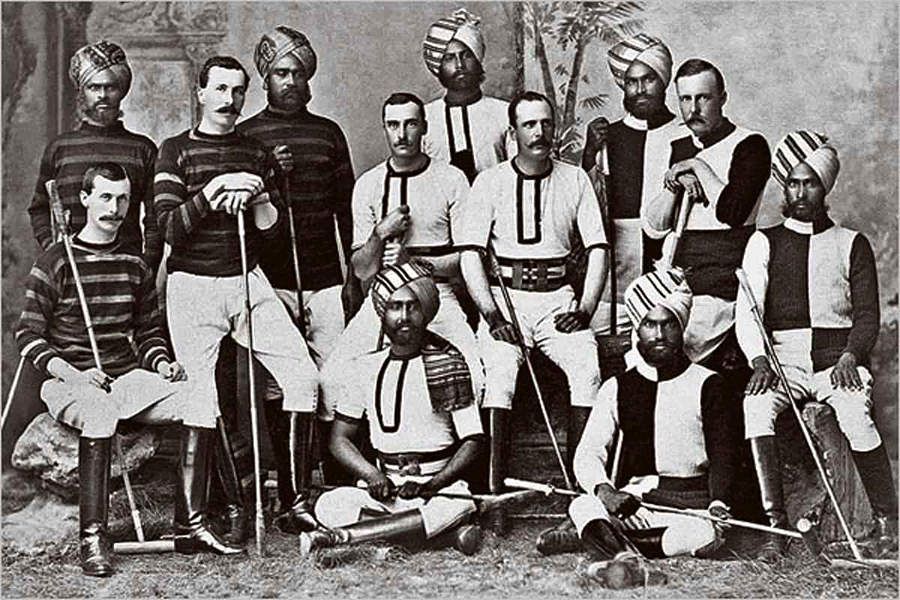
Despite many efforts to protect watches from potential damage during these matches, a viable solution was never found. Not until Cesar De Trey came into the picture. He was an executive who worked in the soon to be established company “Specialities Horlogeres” which later evolved into Jaeger-LeCoultre. When De Trey visited India during 1930, he attended a polo match where he was approached by one of the players about his broken watch. On investigating, he came to understand that during the rigorous play the watch crystal broke and hence posed a difficulty for all the players. The most basic question of why they didn’t leave their watches in the locker room is beyond my understanding, but the fact that they wore their watches while playing lead to an innovation at JLC, which is a representative of the brand till date.
Once De Trey reached back to Switzerland, he discussed the issue with Jacques-David LeCoultre. The duty of redesigning the watch was entrusted to Jaeger S.A. who then enlisted the services of French designer René-Alfred Chauvot. Chauvot developed and patented a case mechanism that allowed the watch to be flipped over while on the wrist. Thus, the Jaeger-LeCoultre Reverso was born, and wristwatches all over the polo fields of India were protected from the strikes of errant polo mallets and balls.
The watch industry had changed forever. A wristwatch whose dial could flip; it opened endless possibilities. It became an art deco icon that till date has not altered in its design. Over the years we have seen countless versions of the Reverso but the basic structure remains the same.
“Lucky for us, at least we can still buy (pretty much) the same watch they launched 85 years ago thanks to a complaint about a broken timepiece.”
World War II
The production of JLC had reduced during World War II and the years to follow. As per the legend Italian JLC distributor Giorgio Corvo discovered a small cache of cases in Switzerland. Corvo bought the cases and fitted them with automatic movements. Before this, most of JLC Reverso’s were built with hand-winding mechanical movement, but post the selling of all the automatic watches, the brand saw potential in the market and hence started making automatic Reverso watches.
The watch case is one of the most significant entities of the brand. It has been almost unchanged since 85 years. The case’s height-to-width ratio has maintained the so-called “golden ratio” of roughly 1.618 since production began (the golden ratio is a geometrically derived ratio that often occurs in nature — flower petals, animal bodies, spiral galaxies, hurricanes, faces, DNA molecules — and is said to be especially pleasing to the human eye).

There were various version of the Reverso made by other companies as well. All were done under the permission of Ceasar De Trey and Jacques David LeCoultre. Because the 1930s was an era of art reforms and the Art Deco design movement was in full swing, the Reverso was an instant hit. This is particularly due to the fact that, while the reversing “flip” feature was — and still is — a conversation starter, the unintended genius of the watch was the blank back side of the reversing module. Usually brands used the back space to engrave brand name, model number, serial number and water resistance. But for the Reverso, the caseback became a canvas for fine art. It was seized by those who owned the watch. Because of its timeliness and Art Deco styling, the watch was quickly adopted by the rich and famous. King Edward VIII of England wore one. His bore an engraved illustration of his crown and title (before he abdicated), as did that of the Prince of Denmark’s watch. Amelia Earhart’s Reverso featured an enameled map of North and Central America, commemorating her historic flight from Mexico City to New York on May 8, 1935. Even (M)ad man Don Draper of the fictitious Madison Avenue agency Sterling Cooper Draper Pryce wore a Reverso to symbolize his newly minted partner status in the third season of the AMC hit period drama “Mad Men”. A few years ago, JLC issued a 25-piece limited edition, the Grande Reverso Ultra Thin 1931 Tribute to “Mad Men” with the SCDP logo engraved on the reverse.
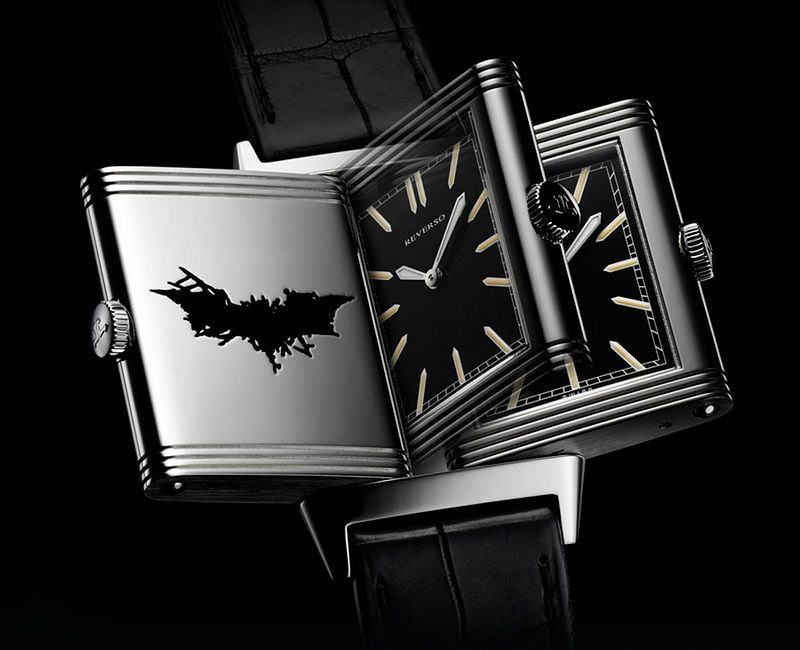

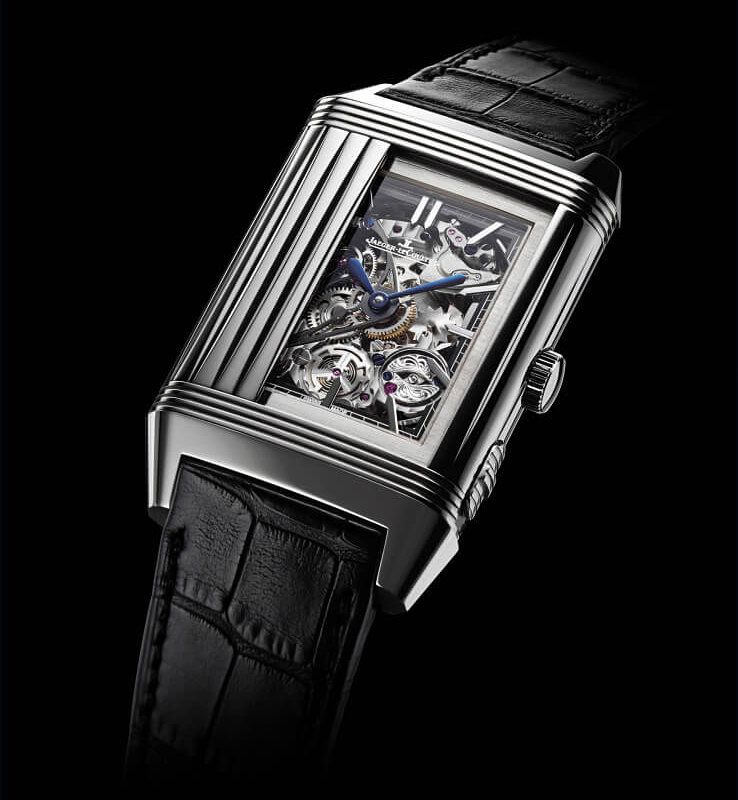
Currently there are around 22 versions in the Reverso collection, including the one which is a tribute to the original watch. Many have two dials, both powered by the same movement, a fine portrayal of the exceptional watch manufacturing ability of Jaeger-LeCoultre. The Reverso is a watch that surpasses all legendary time tellers and is an icon in haute horlogerie.


